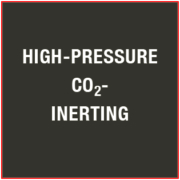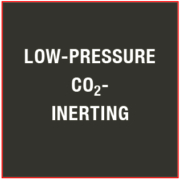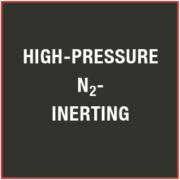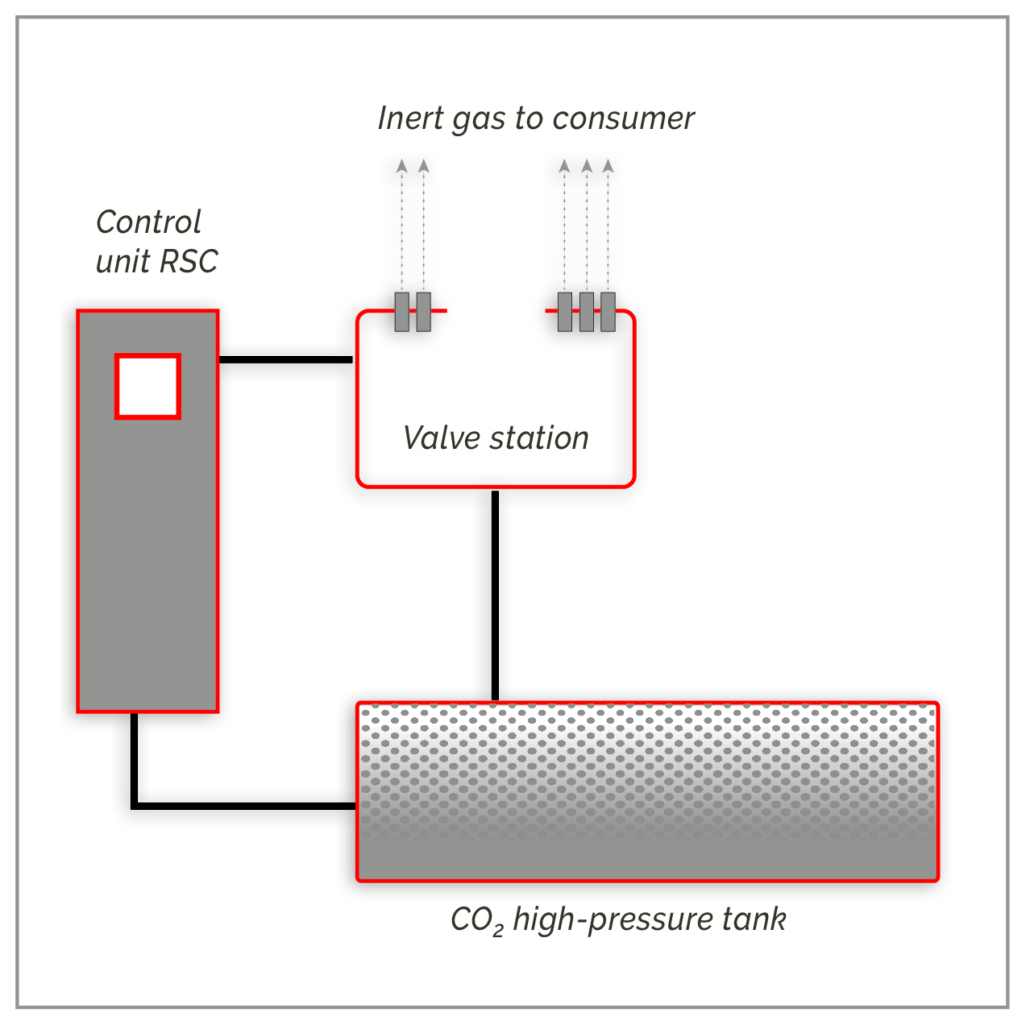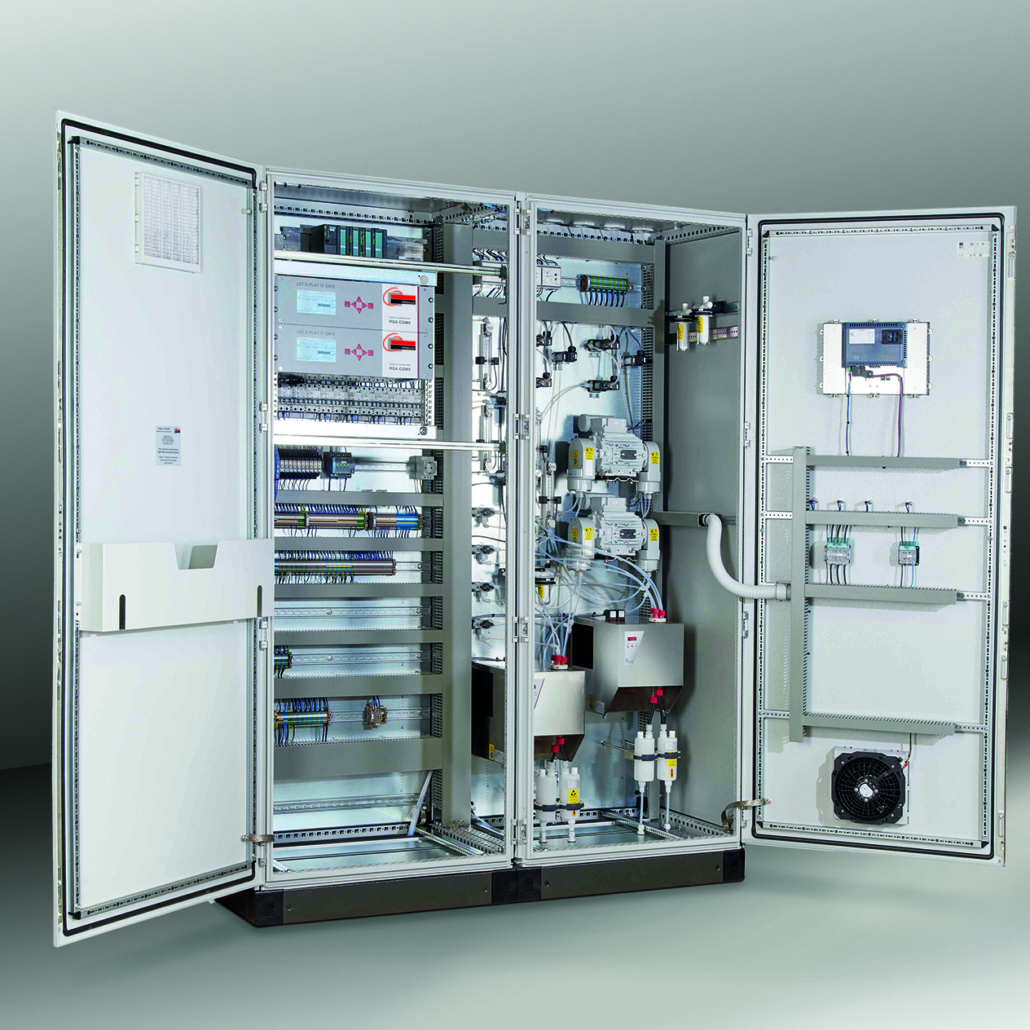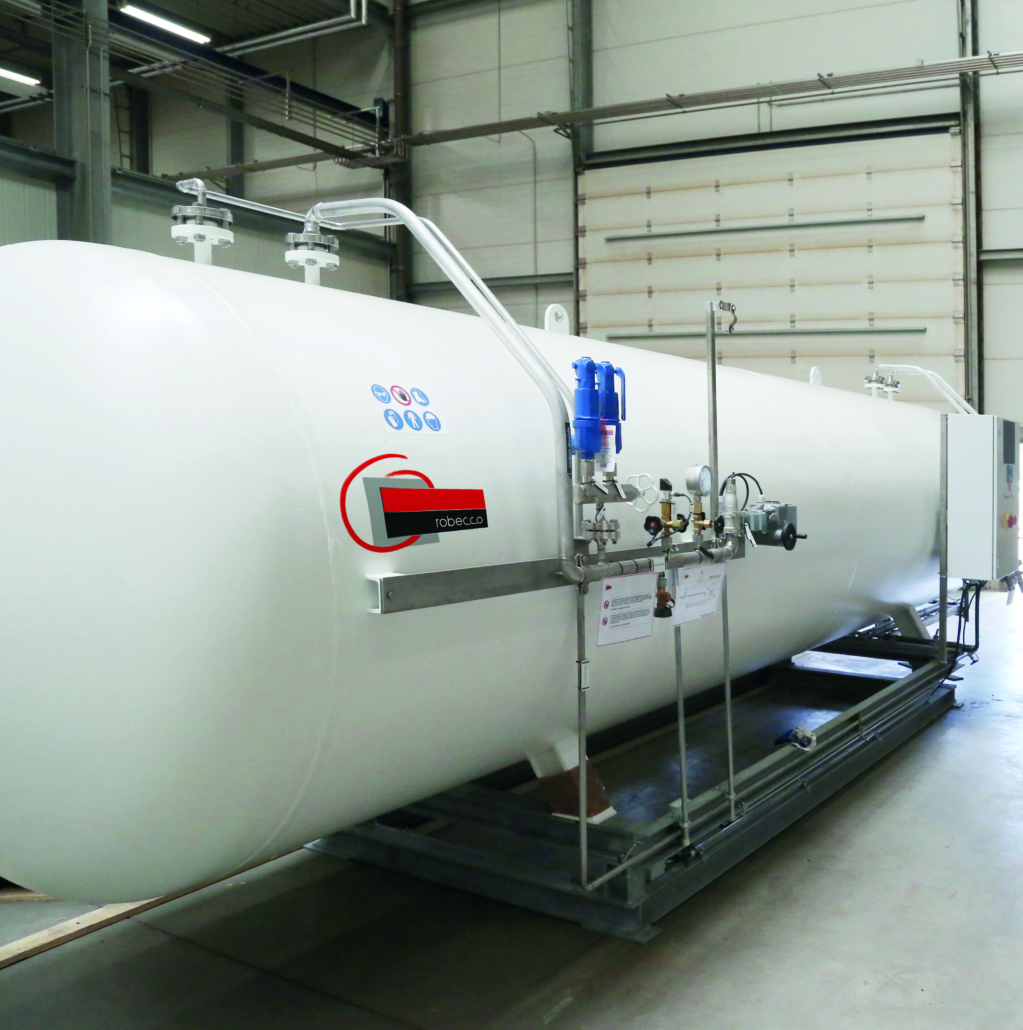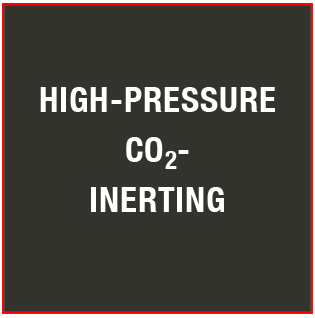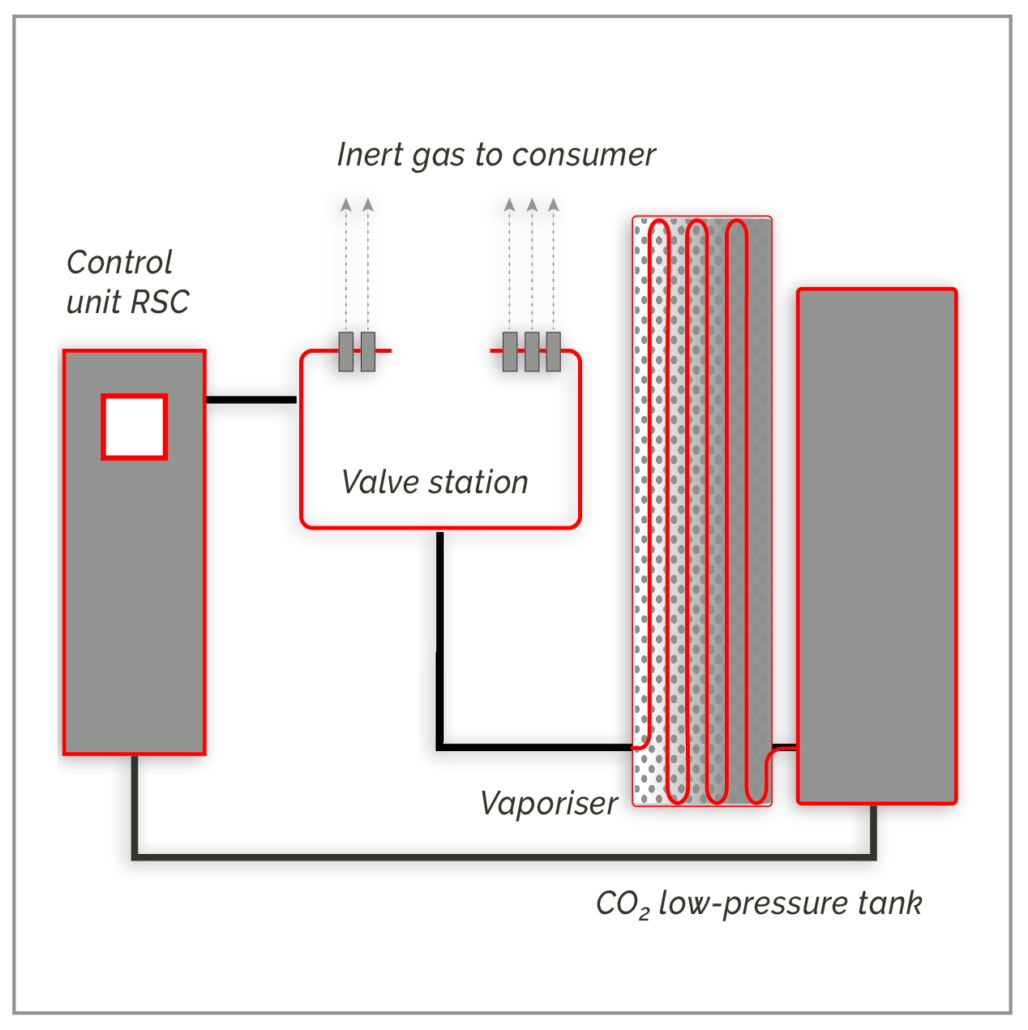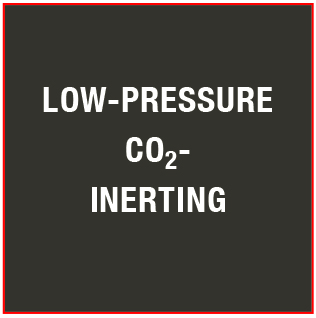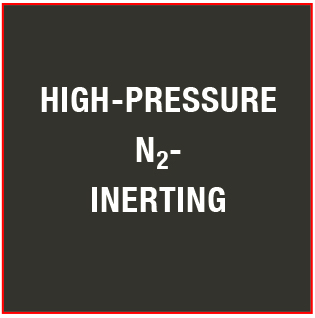SOLUTIONS
Systems for preventive explosion protection
Systems for early fire detection
Controls for silo plants
Operating & emissions measurement / components & gas detection systems
Monitoring of dust emissions
Modernization of existing installations
Electrical installations and building automation
AUTOMATION / CONTROL ENGINEERING
Software and hardware
© 2018 robecco GmbH all rights reserved
Conditions | AEB | Imprint | Data Protection| Downloadarea
Let‘s play it safe!








